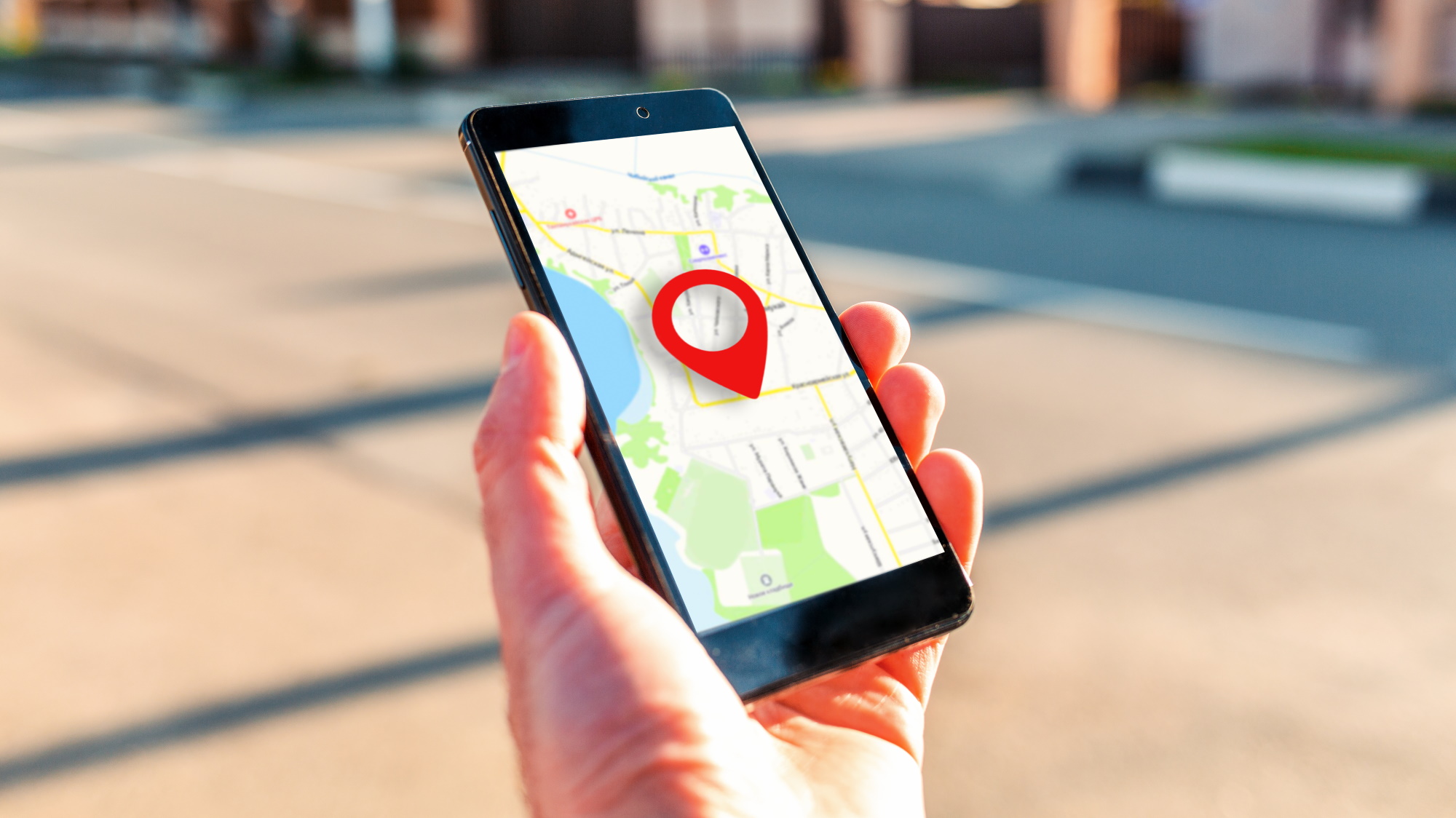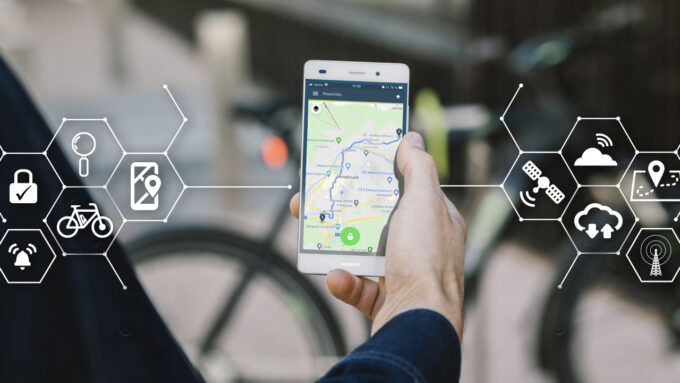At one point or another, most of us have used a GPS—whether for driving directions, hiking, or simply tracking a morning run. But have you ever wondered how this technology pinpoints your location on a vast planet with remarkable precision? Dive into the workings of the Global Positioning System and also discover how you can change the GPS location on your phone.
A Sky Full of Satellites
GPS is, at its core, a constellation of satellites orbiting Earth. These satellites send signals to our devices on the ground. Launched in the late 1970s, it was the U.S. Department of Defense that gave birth to the GPS.
Today, it consists of around 30 operational satellites at an altitude of approximately 20,200 kilometers, ensuring multiple satellites are visible from any point on Earth at any given time. Make sure to check out AnyGo!
Each satellite broadcasts two types of signals: a carrier wave and a modulated code. The carrier wave provides a continuous sinusoidal wave, while the modulated code provides a unique pattern specific to that satellite.
Triangulation: The Heart of GPS
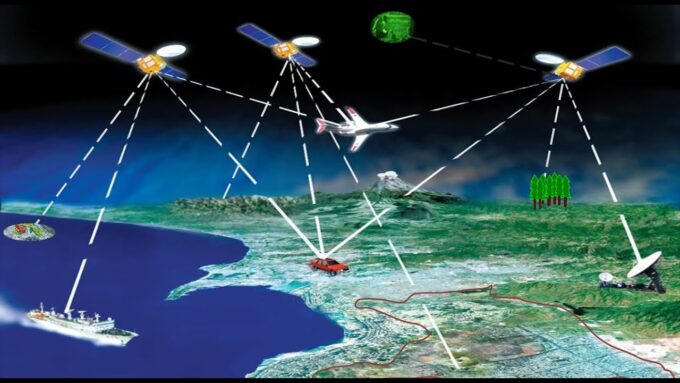
GPS receivers, found in many modern electronic devices including smartphones, decode these signals from at least four satellites. Here’s where the magic happens. The distance between the receiver and each satellite is calculated using the known speed of the signal (the speed of light) and the time it took for the message to reach the receiver from the satellite.
With the distance data from at least three satellites, the receiver can perform a process called triangulation. This process helps pinpoint the receiver’s exact location on a two-dimensional plane. A fourth satellite is needed to determine the user’s altitude and to correct any errors related to the internal clock of the GPS receiver.
Factors Affecting GPS Accuracy
Despite its brilliance, the GPS system isn’t flawless. A number of factors can affect its accuracy:
Atmospheric Delays: Signals can slow down as they pass through the atmosphere, particularly the ionosphere and troposphere.
Multipath Effects: In urban environments or places with tall structures, GPS signals may bounce off buildings before reaching the receiver, causing a delay and reducing accuracy.
Satellite Geometry: The relative position of satellites can affect the precision of GPS. If the satellites are too close together in the sky, the accuracy diminishes.
Intentional Interference: Sometimes, signals are intentionally disrupted for military or other purposes.
The Many Uses of GPS
Originally intended for military navigation, GPS has since penetrated every facet of modern life. From emergency responses and aviation to agriculture and recreation, GPS serves various industries and personal activities.
One of the most common uses of GPS is in smartphones. These devices not only utilize GPS for mapping and navigation, but also for apps that require location data, such as weather apps, social media check-ins, and even dating applications.
Altering Your GPS Location on Your Phone
While GPS is a tool of precision and authenticity, there are moments when users might want to change or “spoof” their location. Whether it’s for privacy reasons, app testing, or simply for fun, altering your GPS location is possible, but it comes with caveats.
Android Devices
Developer Options: Before you can change your location, you need to enable Developer Options. Go to your phone’s settings, find the ‘About Phone’ section, and tap on the ‘Build Number’ several times. After entering your passcode or fingerprint, you’ll have access to the Developer Options.
Selecting a Mock Location App: With Developer Options enabled, search the Google Play Store for a mock location app. Download and install your chosen app.
Setting Up the App: Head back to Developer Options and look for ‘Select mock location app’, then choose the app you’ve just installed. Open the app, choose your desired location, and you’re all set!
iOS Devices
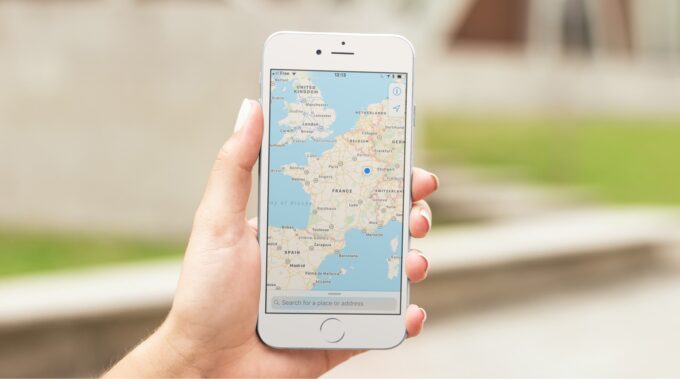
Unlike Android, iOS doesn’t natively support changing your GPS location. You’d either need to jailbreak your device (not recommended due to security and warranty concerns) or use a computer-based software to simulate GPS locations on your iPhone.
Computer Software: Programs like iTools or Dr.Fone – Virtual Location can be used. Connect your iPhone to your computer, run the software, choose a location, and the GPS on your iPhone will be overridden.
Beware of App Restrictions: Some apps, especially those like Pokémon Go, have measures in place to detect and punish location spoofing. Always use mock location apps responsibly.
Treading with Caution
While altering your GPS location can be fun or useful in certain situations, it’s essential to understand the potential risks. Misusing this feature may breach the terms of service of some apps or could be considered fraudulent in specific scenarios. Always ensure that you’re not breaking any laws or app policies when spoofing your location.
Extending GPS: Assisted GPS and Its Importance
With our growing reliance on smartphones and the increasing need for faster and more accurate location services, GPS technology saw the rise of a more refined sibling—Assisted GPS, or A-GPS.
What is Assisted GPS?
A-GPS is a system that often gets used in tandem with traditional GPS, especially in smartphones and other cellular devices. The primary goal of A-GPS is to improve the start-up performance (Time-To-First-Fix, TTFF) of a GPS satellite-based positioning system. It achieves this by using data available from a network to help in the satellite signal acquisition process.
How Does A-GPS Work?
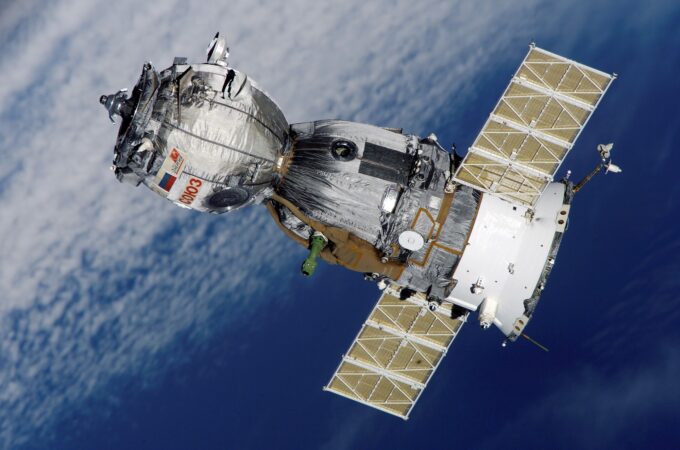
In situations where the signal is weak, such as urban environments with tall buildings or when you’re indoors, traditional GPS can struggle to get a signal. Here’s where A-GPS comes into play:
- Using Network Resources: Instead of relying solely on the satellite signals, A-GPS uses data from the mobile network. This could be from nearby cell towers or Wi-Fi networks. This additional data helps the device to quickly identify its general location without waiting for a satellite lock.
- Fetching Almanac Data: A-GPS servers can send updated satellite information (like an almanac) to the device, which can help it connect to satellites faster. This is particularly useful when the internal data on a device is outdated.
- Estimating Position: With the assistance of the network, a rough estimate of the user’s current position can be provided even before the GPS completes its triangulation. This ensures that mapping and other location-dependent services can begin almost instantly.
A-GPS Drawbacks
While A-GPS significantly improves location speed and performance in challenging environments, it’s not without its shortcomings:
- Data Usage: A-GPS relies on a network connection. This means using mobile data, which could lead to additional charges, especially if you’re roaming.
- Less Accurate Than Pure GPS: While A-GPS can quickly provide a general location, for pinpoint accuracy, it still relies on traditional GPS signals.
Diving Deeper into the World of Geolocation
As we venture further into the digital age, the realms of geolocation and positioning systems are continually expanding. Technologies such as Indoor Positioning Systems (IPS) are emerging to provide location data inside buildings, bridging gaps that GPS and A-GPS cannot reach. Similarly, other global navigation satellite systems (GNSS) like Russia’s GLONASS, Europe’s Galileo, and China’s BeiDou are joining the fray, further enhancing global coverage and accuracy.
Privacy Matters
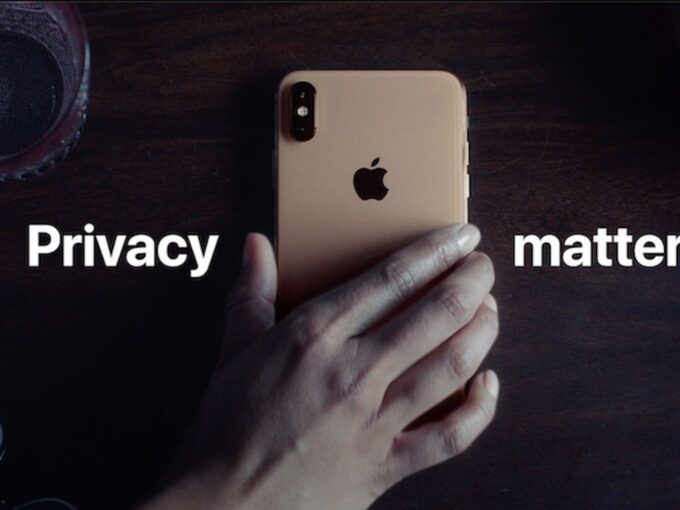
In an age where your location can be pinpointed with remarkable precision, concerns about privacy naturally arise. Many apps and services request access to your location data. While this is often for legitimate purposes like providing local news or weather updates, users must be vigilant.
Regularly review the apps that have permission to access your location data and revoke permissions for any that don’t have a clear need. Using features like ‘While Using the App’ for location access can also ensure that apps don’t track you in the background.
Final Words
The Global Positioning System is one of the marvels of modern technology, offering unparalleled navigation and location-based services to millions across the globe. Its intricate workings, reliant on a network of satellites and complex triangulation techniques, make it both fascinating and immensely useful.
However, as with all technologies, understanding its potential, limits, and ethical considerations is crucial. Whether you’re using it for navigation or exploring the realm of location spoofing, tread wisely and make the most of this incredible tool.


